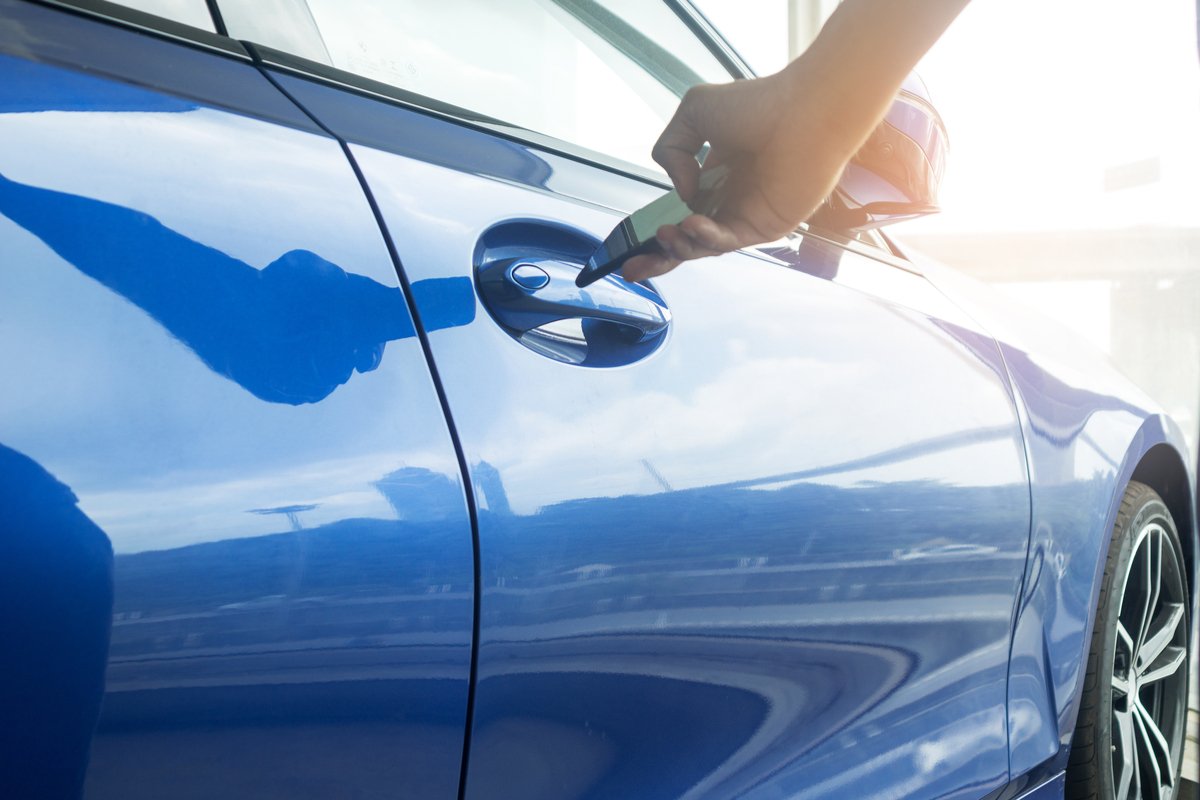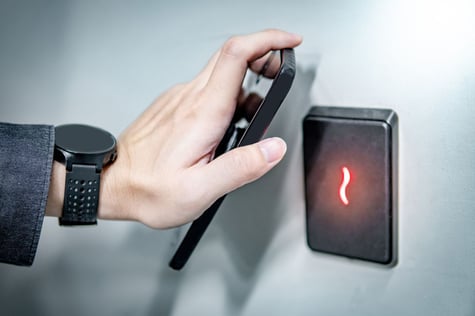Where GNSS is an established wireless communication that specialises on locational services, ultra-wideband (UWB) represents exciting new technology that brings with it interesting possibilities in the wireless locator field. UWB is a revolutionary radio communication technology that is gradually being implemented by world-leading companies; Apple and BMW have implemented UWB for its precision and accuracy but take advantage of different features for differing use cases. So, what are these features and how significant is UWB in the wireless space?
What is ultra-wideband (UWB)?
UWB represents a new generation of wireless location technology that has unmatched levels of precision and accuracy. UWB gets its name from the wide frequency band range that it operates on of 6-9GHz. The wireless technology consists of radio wave bursts being transmitted and received between two devices; the amplitude and time it takes for these pulses to travel between the devices is then translated into data to offer precise locational information. As a result, UWB has the potential to bring locational data in environments that are GNSS compromised.
Other short-range wireless communications that use radio waves like Bluetooth and Wi-Fi determine distance by signal strength, arrival and power levels. These methods of determining location lack the features of precision, reliability and security that UWB offers. The drawback of UWB is that its accurate capabilities are only available at short distances, limiting its possible applications.
What are the benefits of ultra-wideband?
UWB offers a range of benefits as a new wireless technology, but the main features attributing to its industry applications is the precision, reliability and security it can bring to certain applications.
The accuracy of UWB is unmatched by any other wireless technology at short distances and also operates in real-time. The lack of interference with other radio transmissions and radio burst technology means UWB is able to effectively measure distances with an accuracy of up to 1cm. Comparatively, Wi-Fi and Bluetooth connections have an accuracy of above 10 metres and oftentimes even worse.
The reliability of UWB comes from the wide frequency band range of 6-9 GHz that enables clear communications without interfering with devices on more commonly used frequencies. Furthermore, the pulse transmission characteristics of UWB means they do not interfere with conventional narrowband and carrier wave transmissions in the same frequency band.
UWB’s pulse transmission technology is resistant to noise and reflection, making it secure for a range of applications. The direct connection between two devices and precise measurement properties means that UWB can connect and authenticate the legitimacy of a device in real-time with the radio waves being unable to be recorded or relayed over. This makes it the perfect choice for applications that require an added layer of security.
Ultra-wideband applications
As the technology of UWB is relatively new, many of its current applications can be seen as initial iterations of its place in the wireless space. Automotive, smartphone and smart home industries are pioneers in the UWB space and are paving the way for its use in future technologies.
Automotive
Big automotive brands such as BMW are already incorporating UWB connectivity into their designs. The precise distance measurement offered by UWB can be integrated into physical or digital car keys that interact with a vehicle based upon proximity. A user can walk up to their car and unlock it without ever needing to remove the key or smartphone from their pocket. UWB also offers an extra layer of security as their radio signals cannot be recorded or relayed over and is separate to other wireless connections. This makes it far more secure when compared to other digital keys that use different protocols.
Smartphone devices
UWB is unparalleled when it comes to precise device-to-device communication. Smartphone brands have recently been harnessing this precision with sharing and locator services. Samsung and Apple have both released tagging applications that enable users to locate small UWB tag devices with extreme accuracy. The high bandwidth of UWB also makes it useful for close-range data transfer and is already being incorporated into a number of smartphone designs.
Smart home
UWB has been incorporated into the advancement of smart home technology in recent years. ADL (Aids for Daily Living) devices in particular can take advantage of the precise locational and security features of UWB to optimise smart homes. UWB radars can be used to provide accurate data to ADL devices whilst providing a secure connection. Similarly to the automotive application, UWB can also be used as a secure substitute to digital keys for smart homes that enables doors to unlock based on proximity.
Integrating ultra-wideband into devices
Due to the varying applications and wide frequency spectrum UWB operates on, it can be difficult to integrate into a design. To help improve adoption of the application of UWB technologies and antennas, a consortium of leading brands has been created by FiRa. The consortium consists of leading companies such as Samsung, Google, Apple and more, and is leading the way in creating an industry ecosystem where the integration, specification and deployment of UWB technologies are simpler and more streamlined.
Antenova offers a wide range of resources on antenna selection and placement that can help streamline the process of UWB integration for your device design. Find out more about how UWB can benefit your design by reading our content below or using our integration hub.




